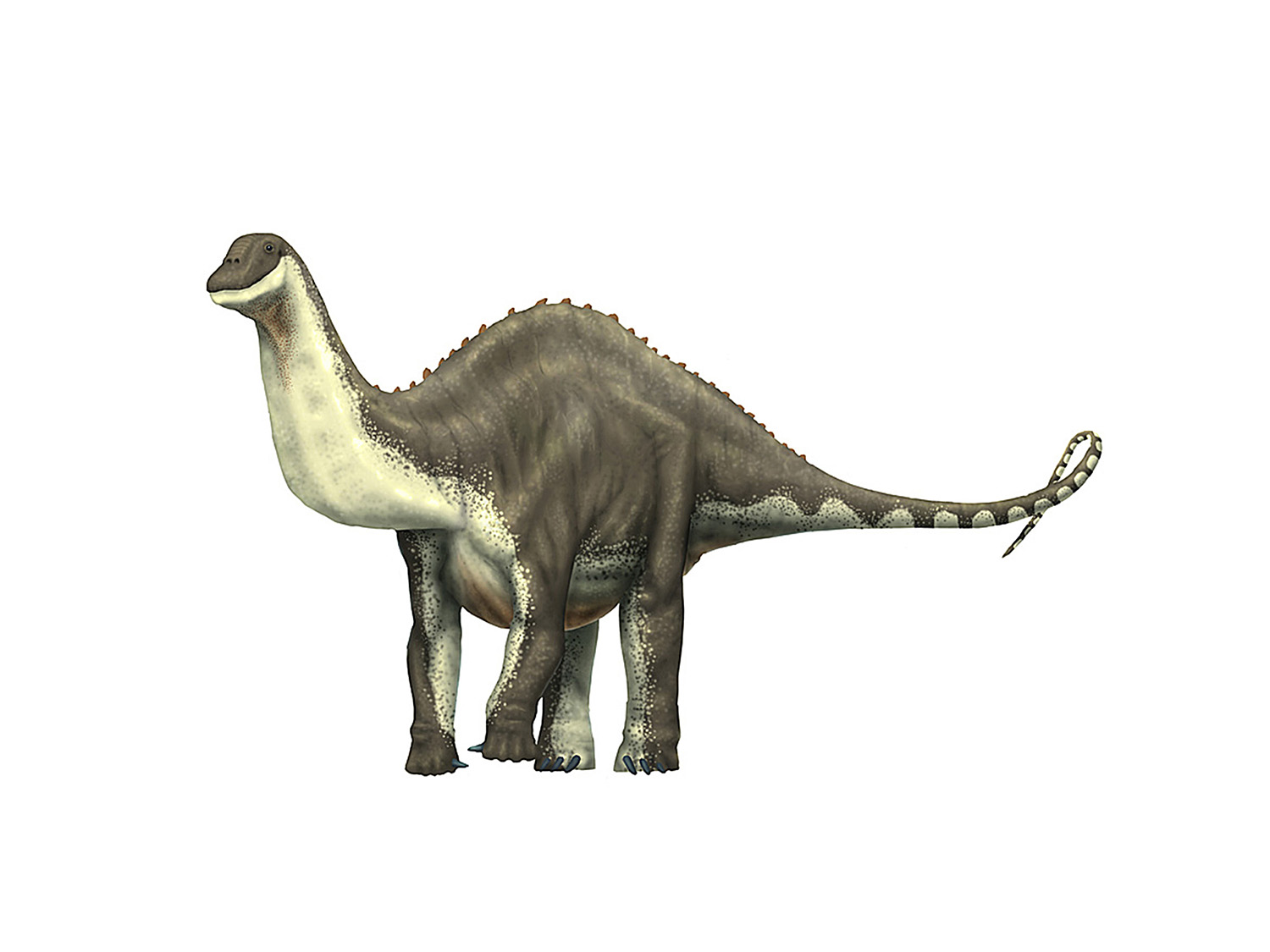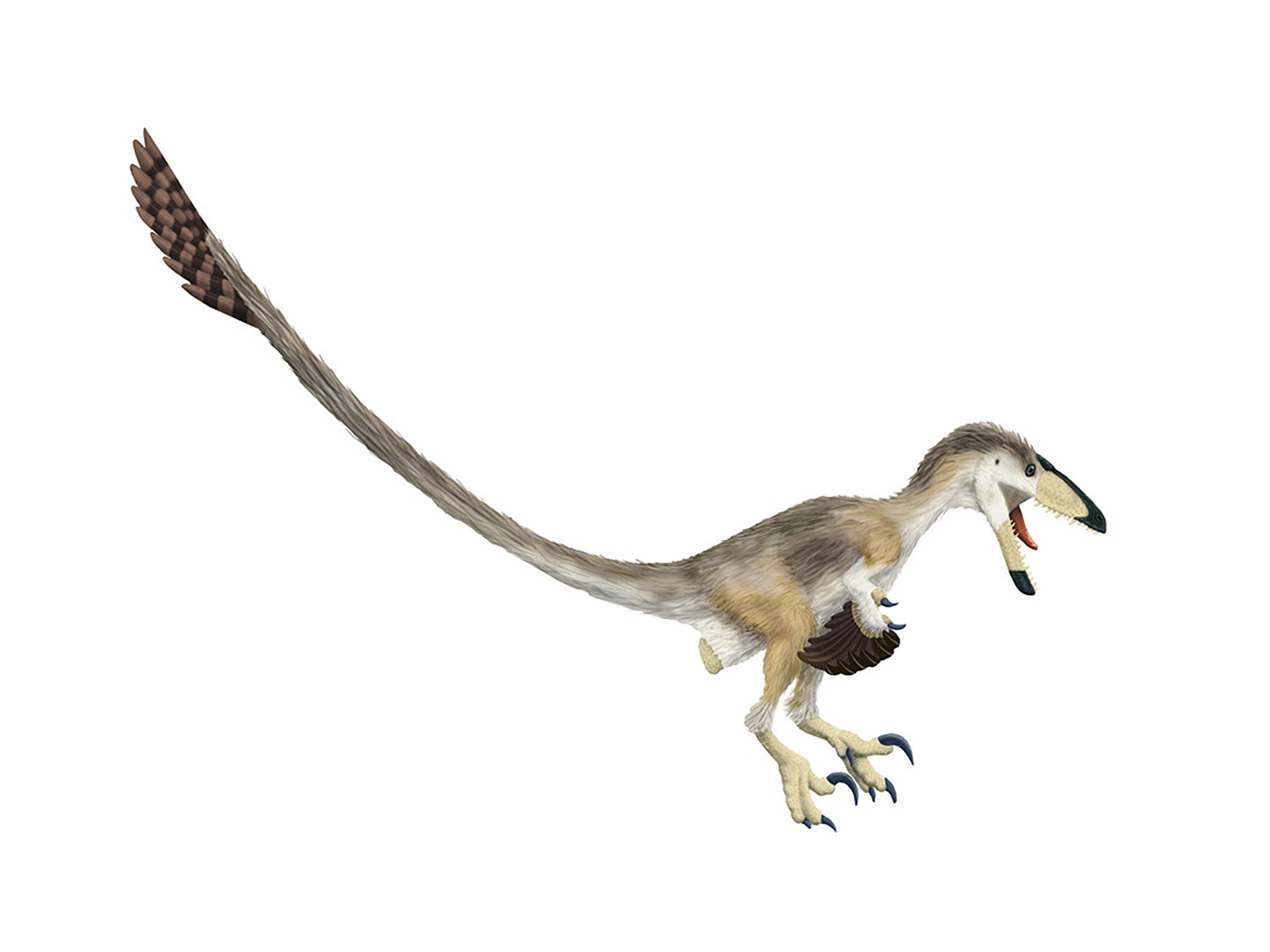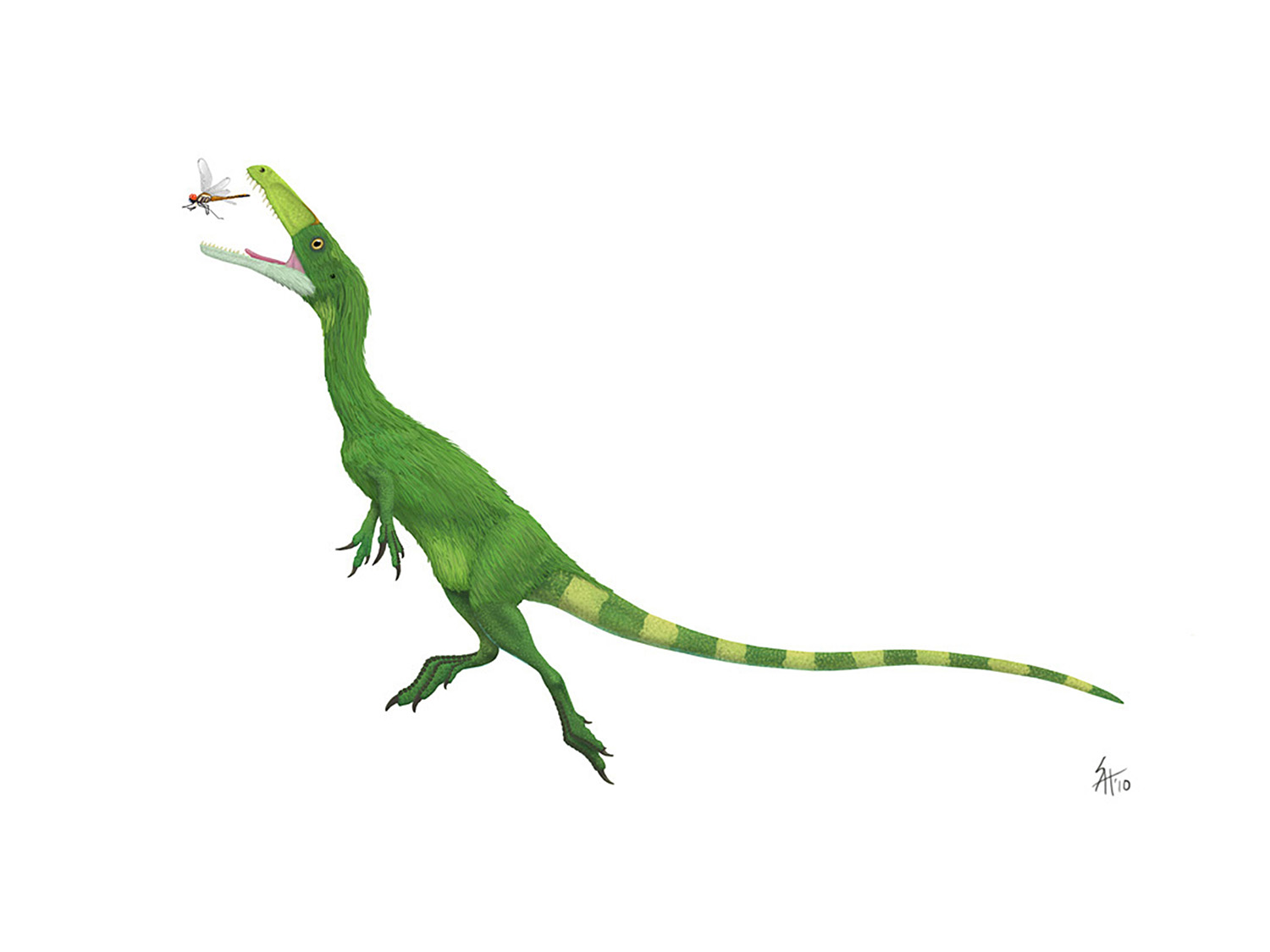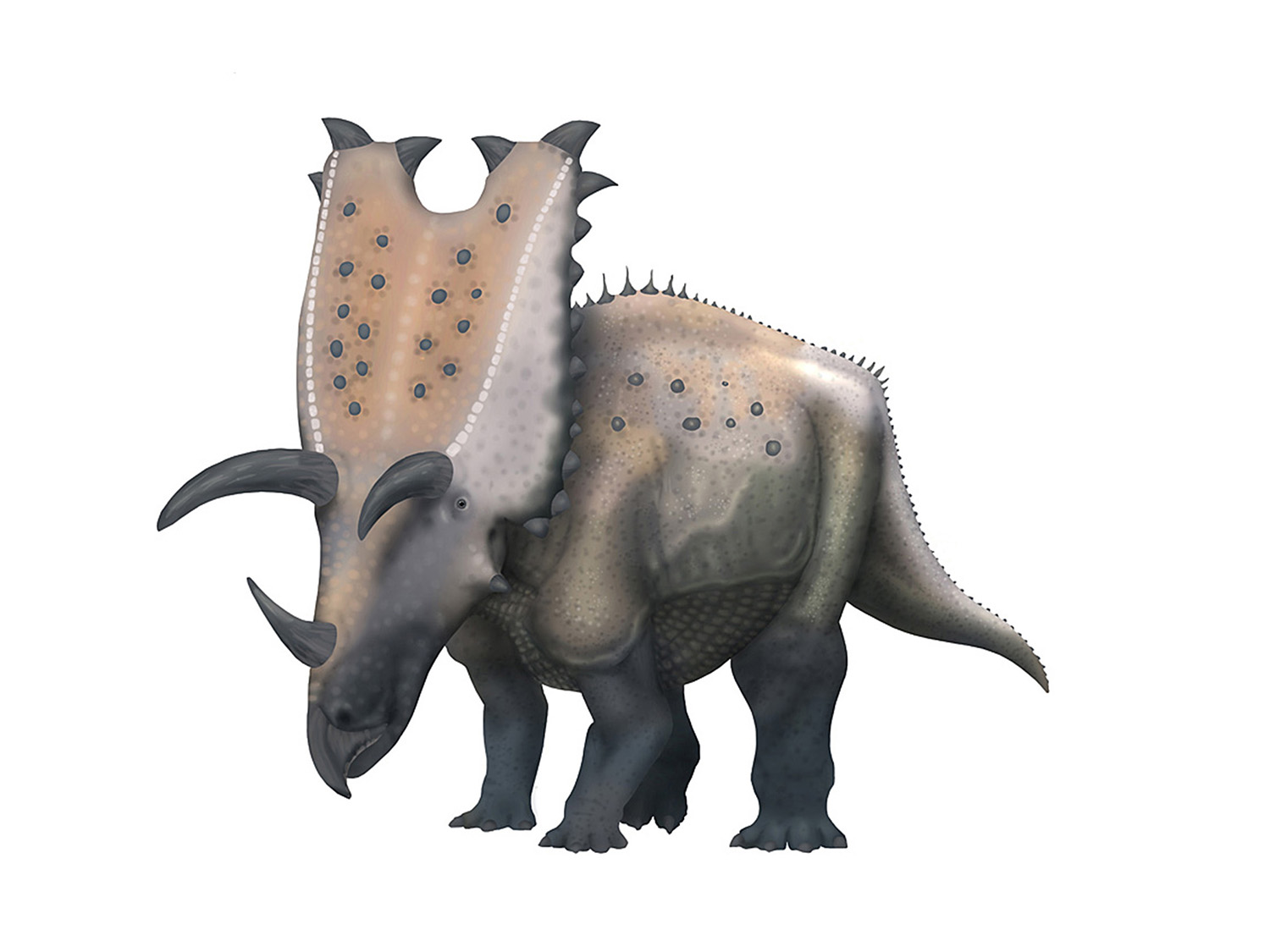Neutral Poses & Elmerfuddasaurus
/Here's a quick look at another kind of pose: the neutral pose, which is more or less the equivalent of the standard anatomical poses used for extant animals. I'm actually quite fond of the unassuming aesthetic of this type of pose, but alas I suspect it isn't a good candidate for a pose to standardize on. To see why let's take a quick look at the strengths and weaknesses of the approach:
Strengths:
Better shows off the center of gravity (full-tilt running poses always look unstable...because of course they are). A reduced burden for the author/illustrator to get a biomechanically plausible gait (although there would still be the need to get a realistic stance). A pose like this is possibly better for some artists (e.g. 3D artists). Certainly there's no distraction created by the pose.
Weaknesses:
Some people might find this pose dull, although scientifically speaking that's not much of a criticism. I suppose when used for education or popular media that could be a drawback, although arguably there's good reason for people to see dinosaurs portrayed as animals, rather than stylized carnage-machines, so the argument could be made both ways.
The biggest drawback to a pose like this is it shows off less of the anatomy, since the limbs from the far side are obscured. It's easy-enough to fix that, by arbitrarily moving the limbs like this:
You can even show off some other pose (in this case the finders are lightly flexed), perhaps the other wrist could also demonstrate the degree of pronation that is possible (in the case of Archaeoceratops it more or less already is), which would then pack in a bit more information. Of course if you move the other hind leg then you are pretty much back to putting the animal in a walk.
Of course you don't have to put the feet on the ground - if we're looking for poses that are more neutral about locomotion we could instead illustrate as if the animal were lying on a virtual dissection table:
Unfortunately, even if this were explicitly labeled, I suspect someone somewhere would take it as intending to show off biomechanical behavior. Jumping. Or dancing. Or maybe sneaking along, saying "Be vewy vewy quiet, I'm hunting wabbits.":
So it seems to me that you probably can't have it both ways - to get the benefits of the neutral pose we'd have to sacrifice showing off as much morphological data.
Conclusions:
Neutral poses have a couple of advantages - they may benefit some types of artists, they reduce the amount of biomechanical inference that is required, and their lack of "visual excess" means they won't distract from the anatomy. Unfortunately they also obscure more of the anatomy, and trying to correct this by moving the limbs around quickly sacrifices the very things that were an advantage to the neutral pose.
For this reason I think neutral poses may have limited appeal - and if that's the case, it probably isn't an ideal candidate for a new standard.
























